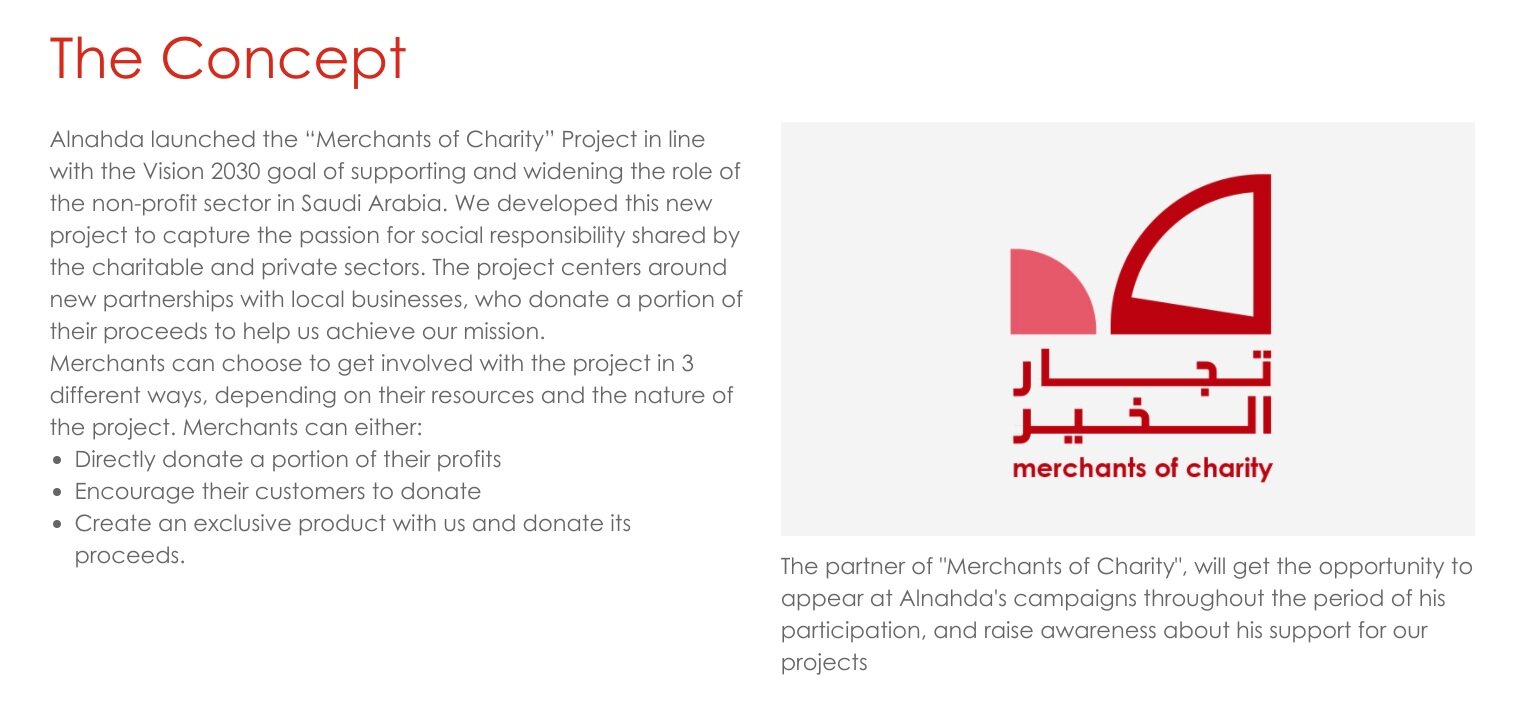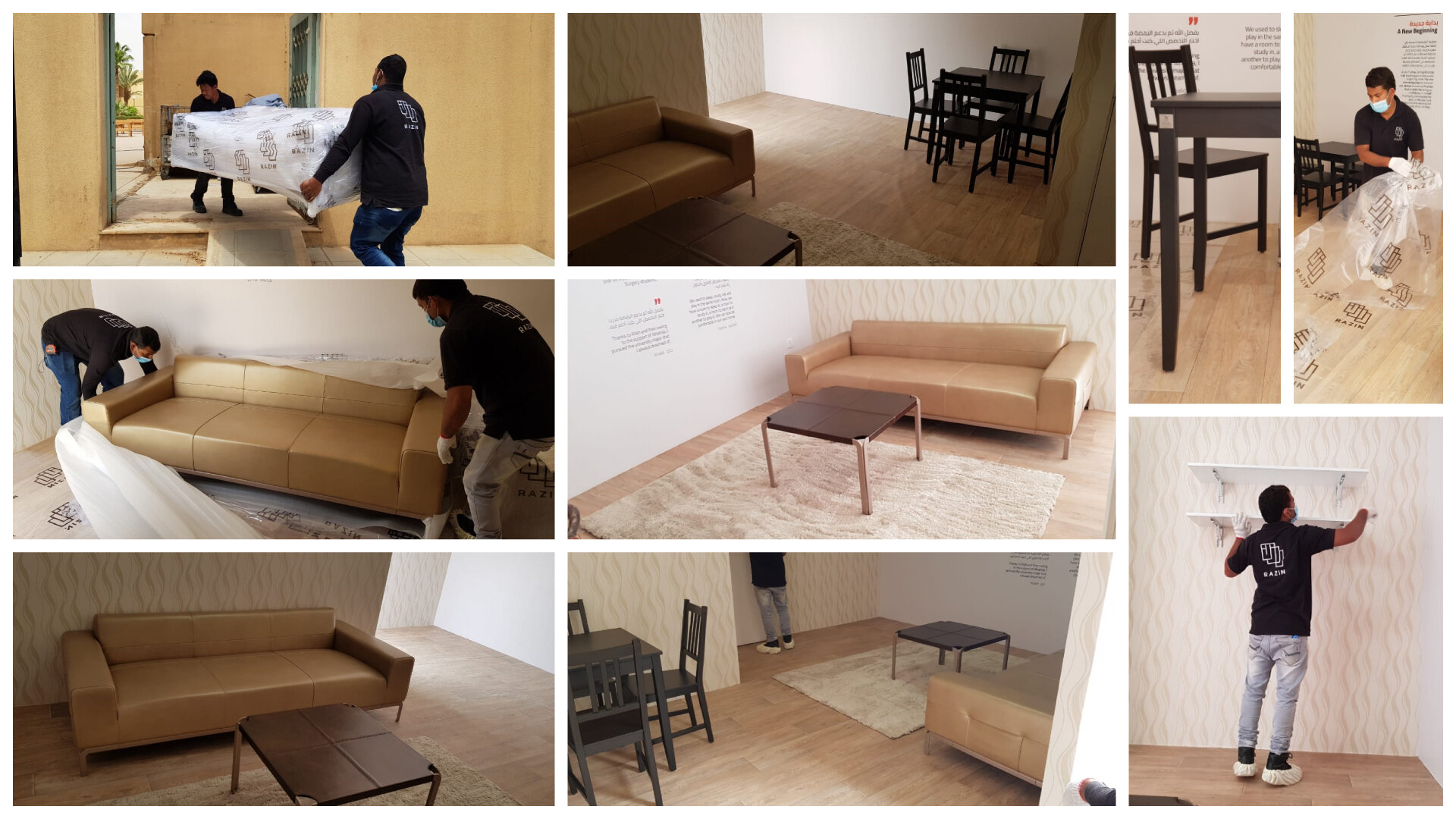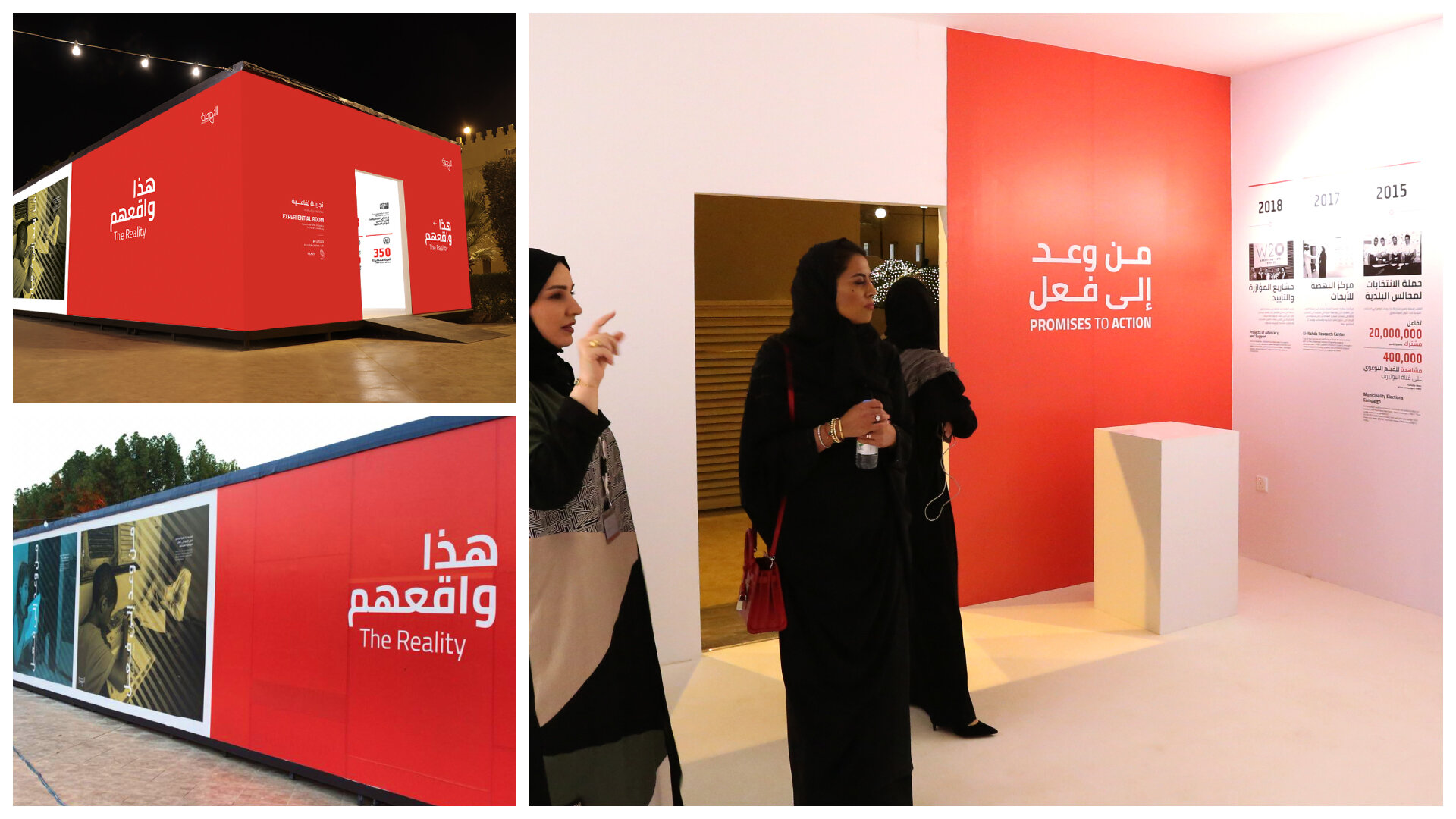A New Branding Ecosystem That Works For A Better World
At a time when we are constantly bombarded by news of a pandemic, global recession and persisting inequalities the world over, many people are losing faith in the ability of governments and traditional power structures to take responsibility for the future of our global society.
Instead, people are looking more than ever before towards brands to create change and build a better world.
According to a 2016 survey by PR and advertising company Havas, 65 percent of people said businesses should bear as much responsibility as governments for driving social change, and 75 percent said brands must choose positive action over profit.
Gen Z in particular is skeptical about the power of government and institutions to take action and has been described as the “generation of distrust and disruption.” For them, it is up to the individual to take things into their own hands.
Companies across the world from all sorts of industries have responded to this seismic shift in attitude, marking the beginning of a new period in the history of brand evolution.
Branding Evolution
In the three centuries since the Industrial Revolution, branding has developed from a simple way to differentiate products and guarantee quality to creating an emotional connection to consumers and providing innovative new services.
We have now entered a new stage of the branding ecosystem - conscious branding.
Traditionally, brands erred on the side of caution, choosing to be neutral on politics, social issues and controversial topics in order to appeal to the widest possible consumer base and avoid alienating a segment of their audience.
However, consumers today are highly-educated, savvy and better connected than ever before. They expect more from their favorite brands, whether for them to take a stand on social issues or make an active, positive contribution to the world.
For example, a 2015 report by U.S. data and information firm Nielsen found that 73 percent of millennial consumers say they would change their spending behavior to reduce their environmental impact.
How to become a conscious brand
Brands must listen to the needs of their consumers more closely, navigating the constant ebbs and flows of public conversation. They should be conscious of the most pressing causes of our time, and considering what role they can play in addressing them.
But most importantly, they must engage. Gone is the time of sticking blindly to a single messaging style or corporate image. Brands must be prepared to be nimble and responsive, by watching, listening and hearing those they serve and taking a stand on the issues that matter to their audience.
In response to one of the most defiant moments in modern U.S. history, music streaming services this week paused some of their services and creating playlists celebrating revolutionary black artists as part of #BlackTuesday. The campaign, which formed part of the public outcry at the widespread police brutality against African Americans, saw millions of social media accounts go black.
Key to succeeding in becoming a conscious brand is authenticity - there is no use partaking in trending social media campaigns or capturing the mood of the moment unless you are actively engaging with the cause and looking inwards at your brand. Brands that have proven resilient and relevant in turbulent times are those with a strong fundamental understanding of their true brand ethos and values.
Blue Hat is proud to have helped many of our branding clients adapt to the new landscape and ensure they make a truly positive impact on the community and their fans.
Here are just three ways they did so:
Stronger Together
One of the most effective ways brands can contribute to developing a better world is through collaboration - coming together for a common cause and pooling resources to make things happen.
This year, Blue Hat supported Saudi women’s empowerment NGO AlNahda in the launch of its “Merchants of Charity” project in line with Saudi Arabia’s Vision 2030 goal of strengthening the non-profit sector.
The project encourages local businesses to make an active contribution to AlNahda, either by donating profits, encouraging customer donations or creating an exclusive product whose proceeds go to AlNahda - in the style of the international (RED) campaign.
This way, AlNahda is able to bring in new sources of funds and maximize its ability to reach vulnerable women and girls with its life-changing programs.
AlNahda’s 2019 Ramadan campaign, “Promises to Action,” was also reliant on collaboration. To raise awareness of the difficult circumstances which its beneficiaries live in, Blue Hat helped AlNahda design an “Experiential Room” to connect to visitors on an emotional level and help them understand the need for their services, thereby triggering action and encouraging donations.
This would not have been possible without the collaboration of interior design firm Draft Creations and furniture manufacturer Razin who both offered their services free of charge to contribute to the improvement of Saudi society and push for gender equality.
Reframing the narrative
Ehtiwa medical center is a developmental-behavioral center that offers rehabilitation services to children with developmental disabilities and their families.
Based in Saudi Arabia, many of the center’s beneficiaries faced social stigma based on their unique needs and were therefore portrayed as being unable to fulfil certain roles in society.
Ehtiwa has worked to remove this social stigma and empower the children and families it serves by creating a welcoming, human-centered environment and placing optimism at the heart of their community.
Blue Hat helped Ehtiwa develop a “Wall of Fame” to showcase the achievements of the kids, portraying them as superheroes that can truly achieve anything.
Sustainability in modest fashion
Nomad Story is an entrancing online store that helps curious women around the world find their freedom in modest fashion.
With the fast fashion industry producing 10 percent of all the world’s carbon emissions and being the second-largest user of the world’s water supply, conscious fashion lovers are looking for more sustainable alternatives.
Nomad Story curates beautiful pieces from around the world that are both versatile and timeless, encouraging the customer to wear them over and over again, rather than leaving them hanging in the wardrobe for eternity after one occasion.





